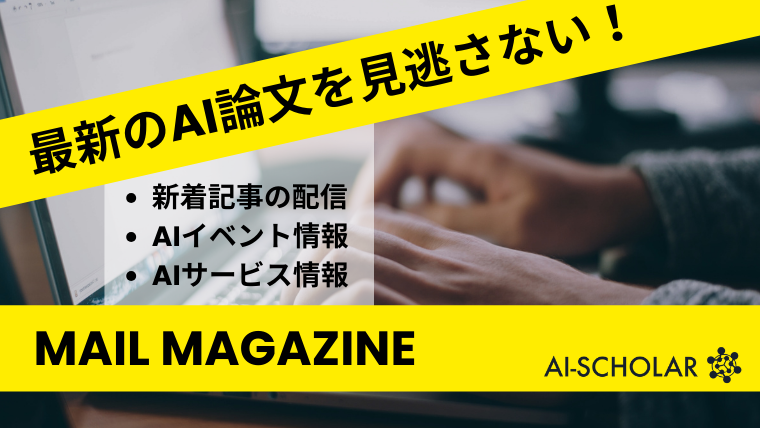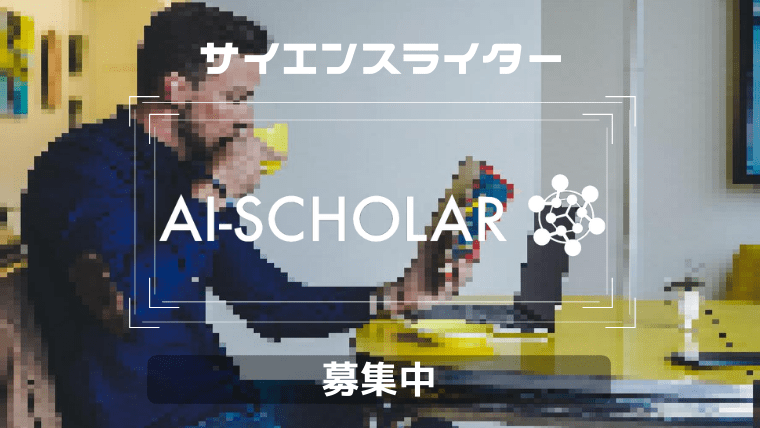
UnifiedCrawl: A New Approach To Low-Resource Language Data Collection And Efficient LLM Adaptation
3 main points
✔️ Proposed UnifiedCrawl, a dataset for adapting large-scale language models in low-resource languages
✔️ Introduced a method for effectively extracting relevant text from large-scale data to facilitate learning in low-resource languages
✔️ This method improves the performance of existing models and makes them more diverse languages.
UnifiedCrawl: Aggregated Common Crawl for Affordable Adaptation of LLMs on Low-Resource Languages
written by Weiyun Wang, Zhe Chen, Wenhai Wang, Yue Cao, Yangzhou Liu, Zhangwei Gao, Jinguo Zhu, Xizhou Zhu, Lewei Lu, Yu Qiao, Jifeng Dai
(Submitted on 15 Nov 2024 (v1), last revised 7 Apr 2025 (this version, v2))
Comments: Published on arxiv.
Subjects: Computation and Language (cs.CL); Computer Vision and Pattern Recognition (cs.CV)
code:

The images used in this article are from the paper, the introductory slides, or were created based on them.
Summary
This paper proposes a new method for applying LLM to low-resource languages called UnifiedCrawl. LLM usually requires a lot of data and resources, but it is difficult to collect enough data for low-resource languages. Therefore, we are working on a low-cost, multilingual LLM method that leverages the Common Crawl dataset.
The authors focused specifically on the challenges that arise during data collection. Data extraction and normalization, as well as redundancy reduction, are key steps, which result in high-quality data and improved training efficiency. We are also looking for cost-effective approaches and aim to operate with commercial GPUs.
One of the proposed methods is a specific model selection called XGLM, which is designed to facilitate its application in multiple languages. Evaluations have confirmed that the proposed method performs better than other methods and can effectively apply LLM in many languages.
This study is an important step forward in facilitating LLM support for low-resource languages and further expanding the potential of multilingual support.
Proposed Methodology
In this paper, a methodology is proposed to improve the performance of LLMs for resource-limited languages. The main challenge is the difficulty of collecting data in low-resource languages and the associated difficulty of training models.
First, this study created a large dataset for low-resource languages. Specifically, we developed a technique to extract a dataset of a previously nonexistent scale based on Common Crawl data. This allowed us to build datasets tailor-made for specific languages and solve the problem of existing data shortages.
Next, we have proposed methods that enable model adaptation with fewer resources. In particular, we use techniques such as LoRA to efficiently optimize models with limited computational resources. This successfully reduces the computational load and maintains model performance while using inserted adapters.
As part of the evaluation, the paper also tested the performance of the multilingual model on the constructed dataset and reported that it achieved higher accuracy than previous methods. In particular, they demonstrated superior results in generating responses and other tasks in low-resource languages.
These approaches are a promising solution to the major challenge of insufficient data for low-resource languages and should contribute to the future development of multilingual models.
Experiments
In this paper, we propose a framework called "UnifiedCrawl" to improve the performance of large-scale language models (LLMs) in low-resource languages. Low-resource languages are those for which natural language processing has not been studied due to limited language resources. This issue is important for AI content generation and translation.
First, we are investigating ways to efficiently extract data for specific languages from the Common Crawl dataset, which is a large collection of documents from the Web that can be used to accurately obtain data for low-resource languages. However, the data often contains noise, for which data cleaning methods are also proposed.
The model is then trained using various quantization methods and an adaptive method called "QuALRA" to reduce the memory usage and computational load of the model while maintaining accuracy. This allows the models to be trained efficiently, especially in resource-limited environments.
Experimental results show that the proposed method improves the performance of LLM in low-resource languages more efficiently and effectively than existing methods. Overall, this research has the potential to contribute to the advancement of natural language processing in low-resource languages.
Conclusion
This paper describes research aimed at improving LLM performance in low-resource languages. Currently, LLMs show excellent results for high-resource languages, but their performance is limited for low-resource languages. Therefore, this study attempts to improve effective data collection methods and model training methods for low-resource languages.
The main approach is to collect multilingual data through extensive web crawling and build a dataset "UnifiedCrawl" based on it. This dataset is designed to be effective even when only a small amount of linguistic data exists. The model was also fine-tuned to ensure that it would work effectively with certain low-resource languages.
Experimental results show that the proposed method improves performance in many low-resource languages compared to previous methods. This result will help to expand the range of languages to which LLM can be applied. Future work includes more efficient data collection and model improvement.
Object detection models have been predominantly closed-vocabulary types that can recognize only for a limited number of fixed classes. And adding new classes required extensive annotation data. However, the nearly infinite number of object categories in the real world demands an open vocabulary type that can detect unknown categories. Contrastive learning, which uses paired image and language data, has been attracting attention to address this issue. CLIP is a well-known model, but its application to object detection, such as dealing with unseen classes during training, has remained a challenge.
Categories related to this article






